Scottish gin producers have been through a difficult time at the start of this decade.
Challenges of the pandemic are now being followed by what may prove to be an even-tougher hurdle – the cost-of-living crisis.
Despite this, the country’s long-running affection for gin continues and distilleries are trying to stay as positive as possible about what the future will hold.
The astonishing rise of gin
The UK remains the most valuable gin market in the world.
And no-one can dispute the last 10 years have seen a huge rise in the popularity of the spirit in Scotland, and led to new distilleries popping up throughout the country.
Scotland currently has around 90 gin distilleries – dozens of them in the north and north-east – producing more than 500 different gins of numerous flavours.
The makers of the popular spirit north of the border come in all shapes and sizes, from multinational drink giant Diageo down to one-person operations.
Scotland’s love affair with gin started way back in the 1700s, in Edinburgh. The Dutch would bring bottles of the fiery Jenever – a juniper-based spirit, and the precursor to gin as we now know it – into the Port of Leith.
One businesswoman who keeps a close eye on the fortunes of the gin industry north of the border is Kirsten Speirs, founder of the Scottish Gin Awards.
She said: “Since launching the awards seven years ago, we’ve seen many changes in the sector; from an explosion in the number of gin distilleries, with countless new gins every week, to eye-watering statistics signalling an ever-rising volume of gin being consumed in the UK.
Rocketing sales
“For example, at one point in 2018, the annual increase in gin sales went up over 700%.
“We’ve seen the elaborate development of gin into many curious forms – including sparkling, novelty and flavoured varieties, liqueurs and even colour-changing gins.
“The ever-popular rise of flavoured gins has shaped our palates into choosing from berry, citrus, herbal and spiced versions. Of course, the famous pink gin has also led the way.”
Ms Speirs said there were now so many different gins on the shelves that shoppers may be overwhelmed by the wide choice.
She added: “There is usually a local gin available in most pubs, farm shops, delicatessens and speciality food stores.
“These are locally sourced and carefully crafted, with provenance, creating a high-quality, hand-made product which is meaningful to the consumer.
“As we look ahead, we are going to continue to see Scottish gin continue to sell and market itself as brand that comes with its own mark of quality and variety.
“This will undoubtedly be supported by the continued rise of gin tourism, as small start-ups and major international drink brands invest millions of pounds in destinations.
“Many Scottish gin brands sit alongside Scotch whisky distilleries – and they are increasingly working together to define Scotland to the international visitor as the home of high quality and world-leading distilled drinks.”
This year’s Scottish Gin Awards are being held in Glasgow on Thursday November 10.
Ms Speirs added: “It’s encouraging that the competition is as popular as ever and producers see the positive impact of winning a Scottish Gin Awards medal.
“Medals mean sales – they provide the consumer with a reliable reason to try a bottle.
“Fifty-six producers and 171 gins – all distilled in Scotland – have progressed to the finals this year, thanks to the decisions of 41 judges.
Medals mean sales – they provide the consumer with a reliable reason to try a bottle.”
Kirsten Speirs, founder of the Scottish Gin Awards.
“We spend a great deal of time delivering a judging process which is independently audited, so everyone knows the results can be trusted.
“Scottish producers have defined themselves as reliable and high-quality creators of great-tasting gin.
“Our gin will continue to appeal, thanks to the passionate dedication of our well-trained distillers and our vast range of locally-inspired gins – each with a story to tell.”
But Ms Speirs said research had pointed to a recent slowdown in volume sales of the spirit.
She explained it was to be expected there would be some cooling in the market after the frenzied activity of the past few years.
“The impact of Covid-19 on the hospitality sector has naturally impacted sales,” she said, adding: “Lockdown also produced its own consequences, with some small lifestyle gin businesses quietly moving on to do something else instead.
“But, interestingly, the pandemic also created new gin start-ups in Scotland, with some producers taking the opportunity to move into the category.
“We’ve seen people pursue a lifetime dream to make gin, and lockdown provided that opportunity.
“As regards the current cost-of-living crisis, smart gin businesses will be keeping a keen eye on costs and doing everything they can to sell, via new distribution deals and promoting creative opportunities to talk directly to their fan base.”
Here are three Scottish gins to watch from Kirsten:
- Fassfern Distillery, near Fort William. Based on the shores of Loch Eil, Fassfern Estate launched its own gin range in July 2021. As with many gins, it has researched deep into the history of its local area to help define its brand using local botanicals and a back story. The name is from a local fern which grows in abundance in the area. The latest gin, a white rose version, uses petals from roses on the estate which were allegedly also picked by Bonnie Prince Charlie after raising the standard at Glenfinnan in 1745.
- Caorunn, Balmenach Distillery, on Speyside. Caorunn has been one of Scotland’s leading premium gin brands for well over a decade, but has always moved with the times and this year launched the latest in its clear spirit range of flavoured gins. Caorunn blood orange is a new expression intended to inspire traditional Caorunn gin drinkers to try a citrus type. It follows the success of a berry gin, Caorunn raspberry, which won a gold medal in the Scottish Gin Awards.
- Great Glen Distillery, Drumnadrochit. Lockdown start-up Great Glen was launched in July 2021 and makes gins in premises next to the Loch Ness Centre & Exhibition. The brainchild of two former restauranteurs, its small team has created two gins to date – a London dry and pink version, which uses local botanicals including Scottish raspberries, hibiscus and rose. A remarkable success story in a short space of time, Great Glen is available in more than 100 local shops. The distillery aims to tap into the tourism market by opening a gin school next year.
Marrying gin-making legacy with modern techniques on Royal Deeside
Gin distillers in the north-east include Lost Loch Spirits on Royal Deeside.
The venture is owned and operated by Pete Dignan and Rich Pierce.
Their distillery plan was hatched during a late-night drinking session, with the business starting in 2017.
The pair say everything they do is all for the love of distilling, and the three important elements to it are the place, process and spirit.
As well as gin, their wide product range also includes absinthe.
“To maintain the highest standards Lost Loch Spirits produces using a small-batch mentality in an honest and transparent way,” the duo said in a joint statement.
They added: “We only use natural ingredients and, where we can, we search for local produce.
“We respect the environment, and the distillery takes a percentage of its heat and power from a solar array, biomass boiler and wind turbine.
“We also respect the legacy of distilling, while practising modern techniques of production.”
They continued: “We have a fresh, open, and innovative approach to spirits.
“Each product is thoughtfully created, drawing inspiration from local provenance and the history of land around us.
“The final products are quirky, invigorating and imaginative, distinctly separate but part of the Lost Loch Spirits family.
“Our ethos is to be inventive in our thinking, look at history for inspiration, and produce enticing and unique spirits.
Each product is thoughtfully created, drawing inspiration from local provenance and the history of land around us.”
There are no shortage of gin distilleries in Aberdeen and the surrounding area.
The Granite City has two – Porter’s Gin and City of Aberdeen Distillery.
Gin distilleries outside Aberdeen include: House of Elrick, Newmachar; Little Brown Dog Spirits, Fetternear; Deeside Distillery, Banchory; Esker Spirits, Kincardine O’Neil; BrewDog, Ellon; and Blackford Craft Distillery, Rothienorman.
Scotland has a wide range of gin distilleries to visit. Some are in built-up areas, while others are in more remote locations – so people can choose between a day trip or longer break. Both are a fun way to experience new places, while also trying a new gin or two.
So, how economically healthy is the current global market for gin?
Data from drink market analyst IWSR shows the UK and Spain may now have reached “peak gin”, with volume consumption plateauing.
But both markets will remain important sources of innovation and value for the category in the future.
New markets open up as others pass their peak
Flavour diversification is a major trend, driving gin for established brands in particular, but a new wave of locally-produced premium gins is also exploiting growth opportunities in non-traditional gin markets, such as India and Brazil.
According to IWSR, the global gin boom was kick-started by the UK and Spain, and the former remains the most valuable gin market in the world.
These two markets have now passed their peak – volumes in 2021 remained below levels recorded in pre-pandemic 2019, both for total gin and standard-and-above price bands.
IWSR research director Jose Luis Hermoso said: “While established gin markets have seen category growth starting to peak, there are a number of other non-traditional markets that are seeing gains.”
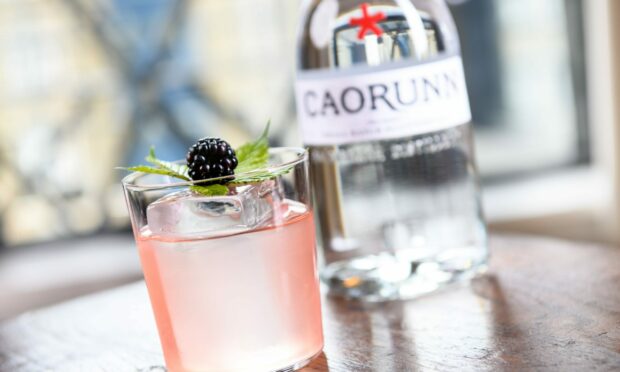
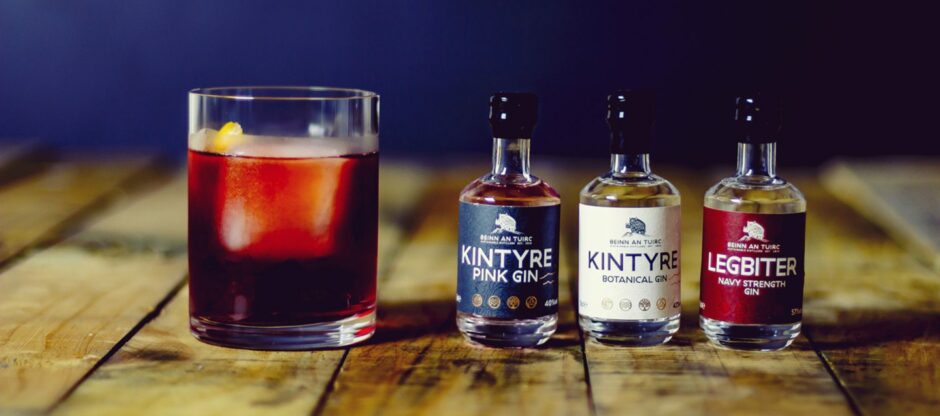

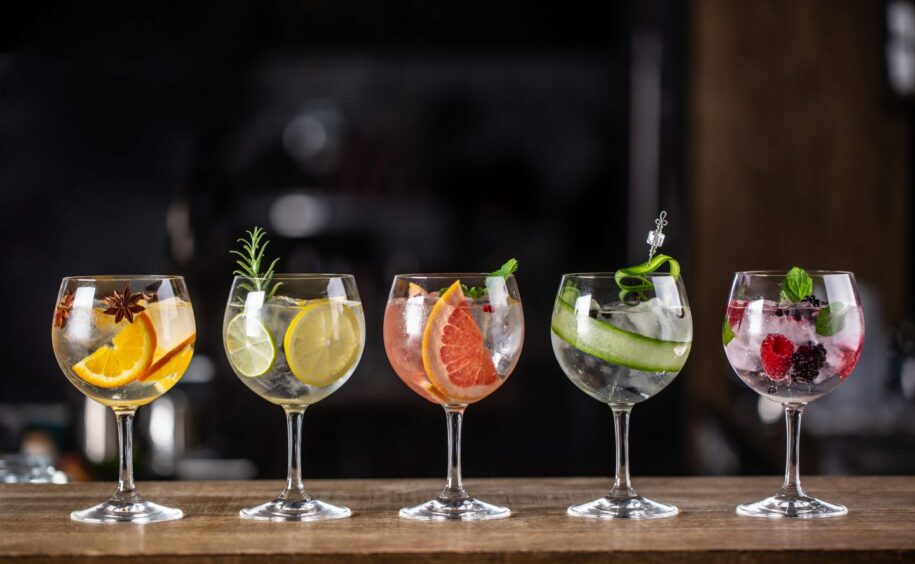

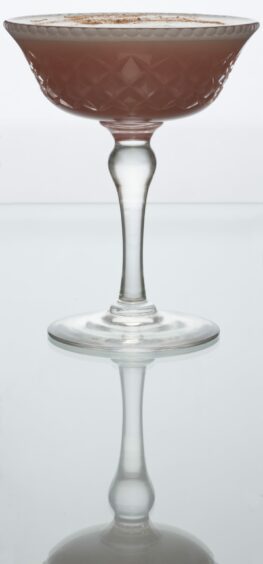

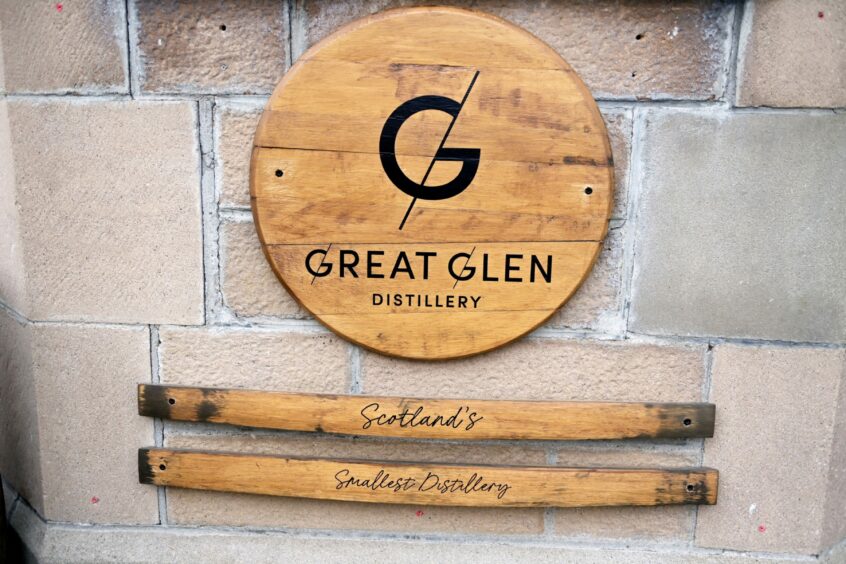

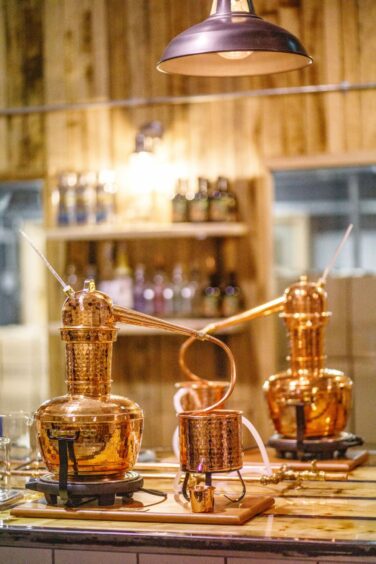
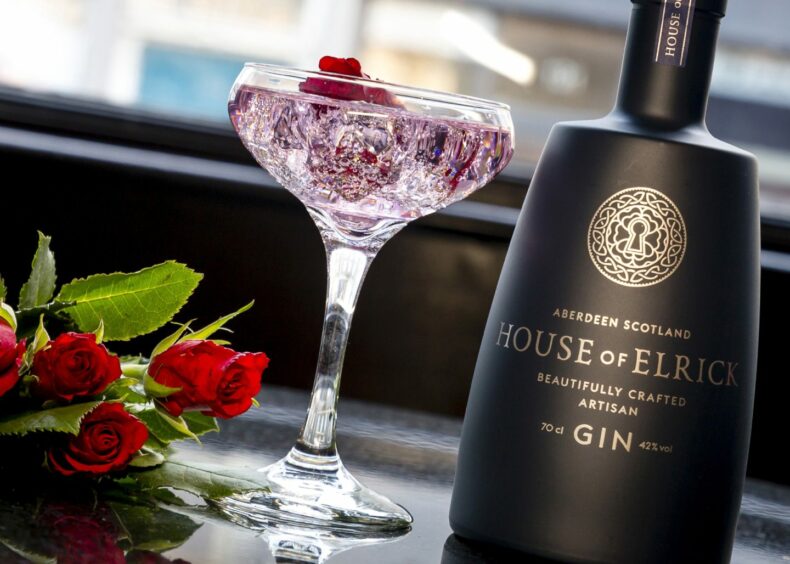
Conversation